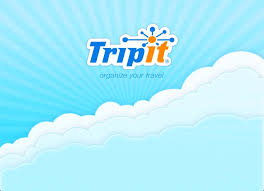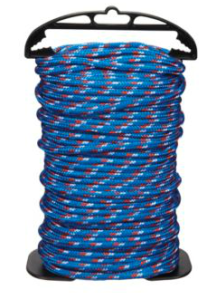The Bang and Olufsen (B&O) Beoplay A9 is an self enclosed streaming music hi-fi system that crosses that line between art and electronics. So what is it and what does it do? Basically, it is a self enclosed speaker array system, amplifiers, sound preprocessing unit and network node all in one. I am one of these people that does indeed appreciate good sound quality and had quite a few expensive audio components hooked-up in the living room: amplifiers, speakers, preamplifier, and CD-player. This unit replaced all of those things in a nice clean package. The Beoplay A9 would be perfect for people who want good sound quality to fill a larger room or space, but always want form along with the function. This background is important, here… I had found myself hooking up an Airport Express to all this fancy high-end audio equipment just to stream from iTunes, so I figured, ok, time to optimize. My plan is to offset the cost of the B&O by selling my equipment used.
Now just to be clear, this unit is expensive. It’s about USD 2,800 or about CAD3,700. However, I think it’s worth it if you want to up-your-game in sound quality for your streaming music.
The sound quality on the Beoplay A9 is pretty good. The speaker array consists of a subwoofer along with mid and high-range speakers: there are 5 speakers located in this unit. It delivers reasonably good bass, and keeps the sound quality and high audio levels – there is not a lot of distortion. I have never had any problems with Wi-Fi streaming audio, and I never experienced any blips in the sound or networking problems. After weeks of use, it has been very reliable as an AirPlay receiver on my network. I mainly use it to stream from iTunes, but you can also stream from Spotify and other services. A cool feature of the unit is that there are touch sensitive controls along the top: a left side, right side and sweep sensor area along the top. It is kinda cool to sweep your fingers along the top to raise the volume. There is a mobile app that can be used for setup and monitoring of the Beoplay A9, where you can control things such as the maximum volume, and check the network connection settings, etc. There is also another separate mobile app for hooking the A9 to your phone for streaming, or streams across multiple Beoplay devices in your house. One problem that has been posted on various forums is the clunky setup procedure, it took me a bit to get it setup (the light codes required some interpretation but the language-independent visual instructions kinda fell short)… but, be patient, when it gets setup it works fine every time. Another cool feature of this is that the cover can be customized and changed, and there are even third-party companies that make covers for it.
So, back to the sound for a minute. It’s not fair to compare this unit to high-end audio equipment and dedicated speakers, but I did have the chance to do a side-by-side comparison. What you miss in this unit compared to the most expensive audio components is a bit of richness in the sound and bass. Speakers which are larger and made from wood have a certain smoothness in the bass that are missing from the Beoplay A9, and you’ll never be able to match the power delivered by a dedicated power amplifier: the A9 does delivers 160 W for bass and 2×80 for other speakers, but I was comparing it to a amplifier that had balanced inputs and 2 x 150W outputs. Yeah, it’s not entirely fair. But, that being said, I am really happy… it looks great, sounds great for what it is, and I am certain you’ll be thrilled.

You’ll love to have this around
The bottom line: The Beoplay A9 delivers very good sound with a visual and industrial design that make this a conversation piece in your living room.






